Are Scanning Electron Microscope Images 2d Or 3d ?
Scanning electron microscope (SEM) images are typically 2D representations of the sample being analyzed. However, by using specialized techniques such as stereo imaging or tilt series, it is possible to generate 3D information from SEM images.
1、 Scanning Electron Microscope (SEM) Imaging Techniques
Scanning Electron Microscope (SEM) images can be both 2D and 3D, depending on the imaging technique used and the information required.
In traditional SEM imaging, a focused beam of electrons scans the surface of a sample, and the resulting signals are used to create a 2D image. This image provides detailed information about the surface topography and morphology of the sample. It allows scientists to observe the shape, size, and arrangement of the sample's features at high magnification.
However, advancements in SEM technology have enabled the development of 3D imaging techniques. One such technique is called electron tomography, which involves acquiring a series of 2D images of a sample from different angles. These images are then reconstructed to create a 3D representation of the sample's structure. Electron tomography provides valuable insights into the internal structure and organization of samples, such as cells, nanoparticles, and materials.
Another technique that allows for 3D imaging is focused ion beam scanning electron microscopy (FIB-SEM). FIB-SEM combines a focused ion beam with SEM imaging to remove thin layers of the sample while simultaneously acquiring SEM images. This process can be repeated multiple times, resulting in a stack of 2D images that can be reconstructed into a 3D model. FIB-SEM is particularly useful for studying materials with complex internal structures or for creating high-resolution 3D models of samples.
In summary, while traditional SEM imaging produces 2D images, advancements in SEM technology have made it possible to obtain 3D information using techniques such as electron tomography and FIB-SEM. These techniques have expanded the capabilities of SEM, allowing scientists to explore the intricate details of samples in three dimensions.

2、 2D Imaging with Scanning Electron Microscope
Scanning electron microscope (SEM) images can be both 2D and 3D, depending on the technique used and the information required. Traditionally, SEM images are captured in 2D, providing a high-resolution, detailed view of the surface of a sample. This technique involves scanning a focused electron beam across the sample's surface and detecting the secondary electrons emitted from the surface. The resulting image provides a topographical view of the sample, showing its surface features and morphology.
However, advancements in SEM technology have allowed for the acquisition of 3D images as well. One such technique is called electron tomography, which involves capturing a series of 2D images of the sample at different angles and then reconstructing a 3D model using specialized software. This technique provides a more comprehensive understanding of the sample's structure and can be particularly useful for studying complex biological or nanoscale materials.
Another technique that enables 3D imaging with SEM is focused ion beam (FIB) milling. FIB can be used to selectively remove material from the sample's surface, layer by layer, while simultaneously capturing SEM images. By repeating this process, a series of 2D images can be obtained, which can then be stacked together to create a 3D representation of the sample.
It is important to note that while SEM images can provide valuable information about the surface of a sample, they do not provide information about the internal structure. For that, other techniques such as transmission electron microscopy (TEM) or X-ray computed tomography (CT) may be more suitable.
In conclusion, SEM images can be both 2D and 3D, depending on the technique used. While traditional SEM imaging provides high-resolution 2D views of the sample's surface, advancements in technology have enabled the acquisition of 3D images through techniques like electron tomography and FIB milling. These 3D imaging techniques offer a more comprehensive understanding of the sample's structure and can be particularly useful for studying complex materials.

3、 3D Imaging with Scanning Electron Microscope
Scanning electron microscope (SEM) images can be both 2D and 3D, depending on the technique used and the purpose of the imaging. Traditionally, SEM images are captured in 2D, providing a high-resolution, detailed view of the surface of a sample. This technique involves scanning a focused electron beam across the sample and detecting the secondary electrons emitted from the surface. The resulting image provides a topographical representation of the sample's surface features.
However, advancements in SEM technology have allowed for the development of 3D imaging techniques. One such technique is called electron tomography, which involves capturing a series of 2D images of a sample at different angles and then reconstructing a 3D model using specialized software. This technique provides a more comprehensive understanding of the sample's structure and allows for the visualization of internal features that cannot be observed in 2D images alone.
Another technique that enables 3D imaging with SEM is focused ion beam (FIB) milling. FIB milling involves using a focused ion beam to selectively remove material from the sample, layer by layer. By capturing SEM images at each layer, a 3D model of the sample can be constructed. This technique is particularly useful for analyzing the internal structure of materials, such as integrated circuits or biological samples.
It is important to note that while 3D imaging techniques with SEM provide valuable insights, they often require more time and specialized equipment compared to traditional 2D imaging. Additionally, the interpretation of 3D data can be more complex and may require advanced image processing and analysis techniques.
In conclusion, SEM images can be both 2D and 3D, with 3D imaging techniques offering a more comprehensive understanding of the sample's structure. The choice between 2D and 3D imaging depends on the specific research objectives and the level of detail required.

4、 Depth Perception in SEM Images
Scanning electron microscope (SEM) images are typically two-dimensional (2D) representations of a three-dimensional (3D) object. The SEM uses a focused beam of electrons to scan the surface of a sample, and the resulting image provides detailed information about the sample's topography and composition. However, the images produced by an SEM lack depth perception.
In a traditional SEM image, the electron beam scans the sample in a raster pattern, collecting signals that are used to generate a 2D image. The image represents the surface features of the sample, but it does not provide information about the sample's height or depth. This is because the SEM only detects signals from the surface of the sample, and the electron beam cannot penetrate into the sample to capture information about its internal structure.
However, recent advancements in SEM technology have allowed for the acquisition of 3D information. One such technique is called "stereoscopic SEM" or "3D SEM." This technique involves capturing multiple SEM images of the same sample from different angles and then combining them to create a 3D representation. This can be achieved by tilting the sample or by using multiple detectors to capture images simultaneously.
Another technique that enables 3D imaging is "focused ion beam scanning electron microscopy" (FIB-SEM). FIB-SEM combines a focused ion beam with an SEM to remove thin layers of the sample while simultaneously imaging the exposed surface. By repeating this process, a series of 2D images can be acquired and stacked together to reconstruct a 3D image of the sample.
In conclusion, while traditional SEM images are 2D representations, recent advancements in SEM technology have allowed for the acquisition of 3D information. Techniques such as stereoscopic SEM and FIB-SEM enable researchers to obtain depth perception in SEM images, providing a more comprehensive understanding of the sample's structure and morphology.









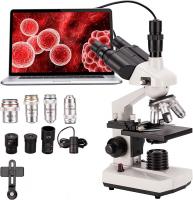

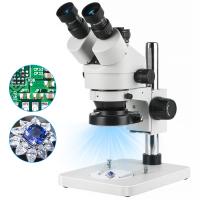

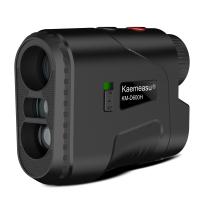
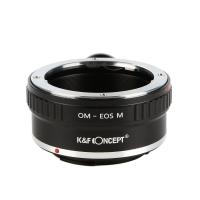


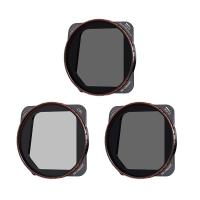



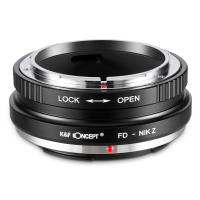




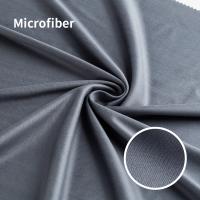






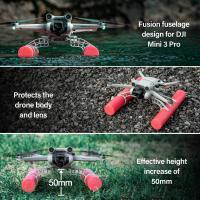




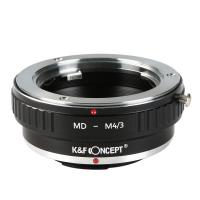
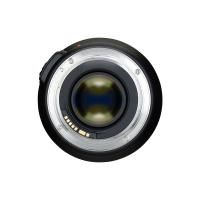
There are no comments for this blog.